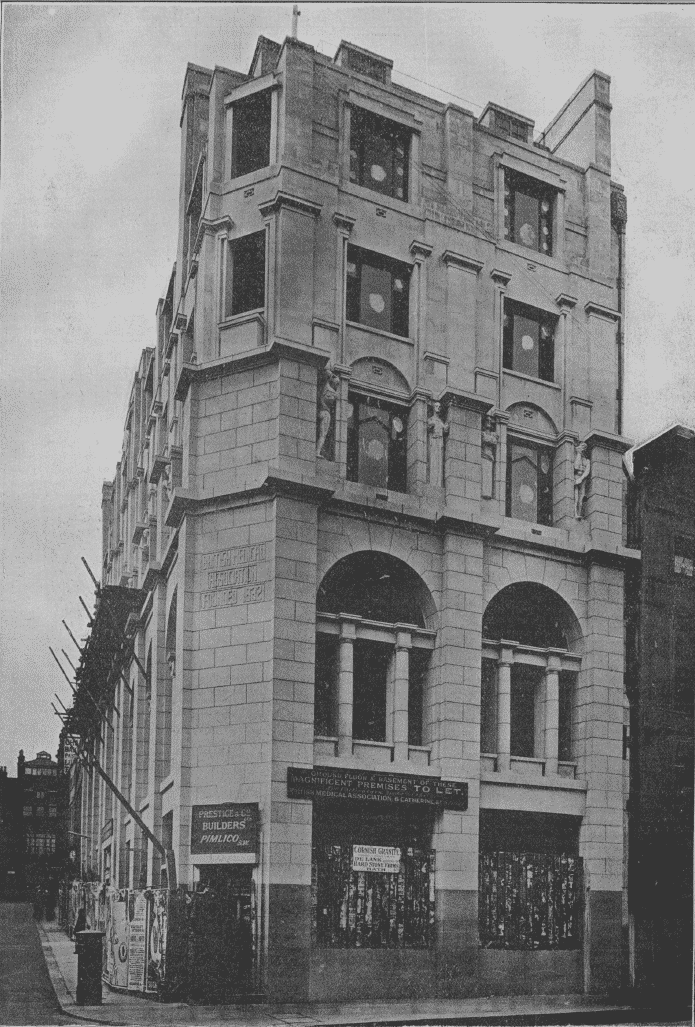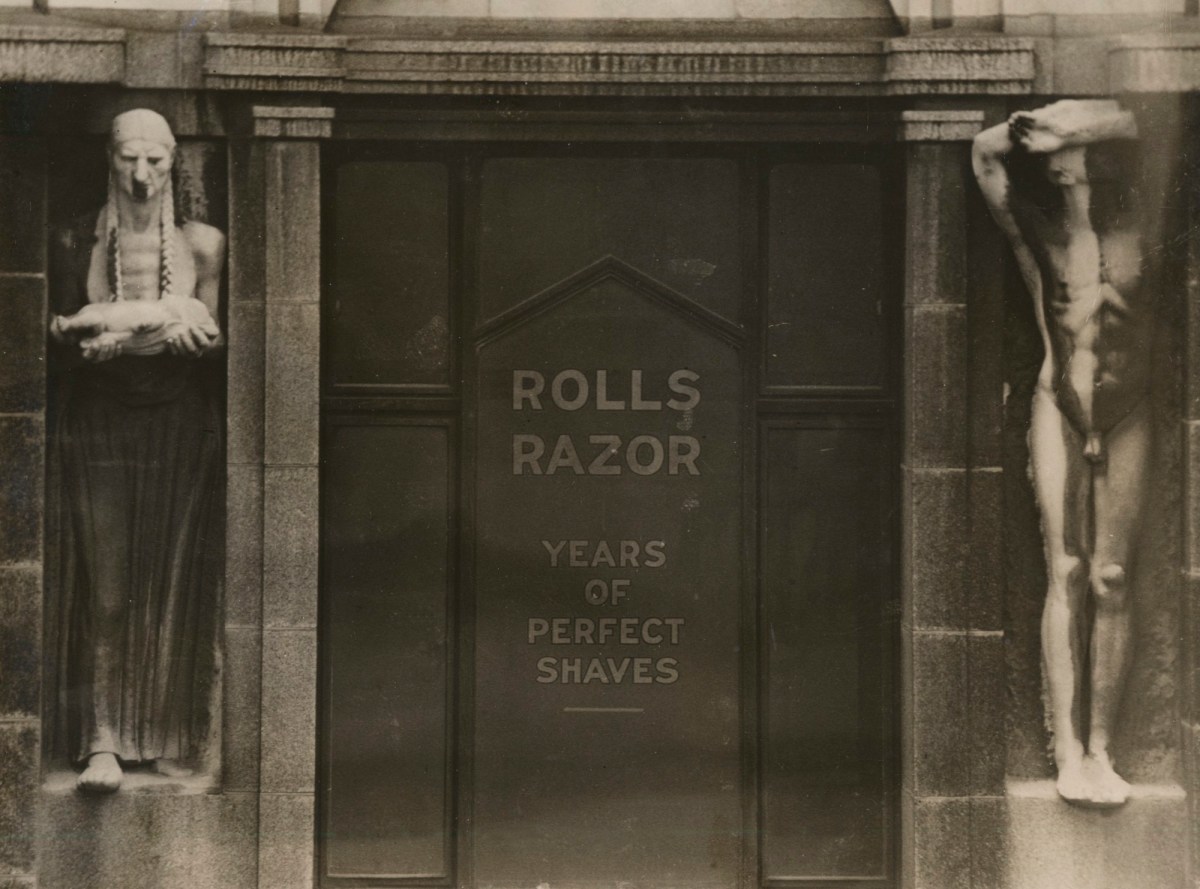Huggins to the Rescue
By chance, Rhodesia's recently knighted Prime Minister, now Sir Godfrey Huggins arrived in London. He decided to hold a party at Rhodesia House for Rhodesian Servicemen.

At the party, pulling Huggins aside, Edgar Whitehead disclosed in confidence, "I'm shortly to leave for Aberdeen with the rank of Lieutenant Colonel as Fuel Controller of Norway!"
"Fuel Controller?"
Yes. Boy Browning of infamous Operation Market Garden is after the coal and I'm to resist! How long do you think I'll last?"
Huggins said indignantly, "I lent you to the British Government for five years to fight the Germans. The time is up! I'm not lending you to be a Fuel Controller. That's that! I want you to take over Rhodesia House for four months while the High Commissioner has his first Rhodesian leave since before the war."
Within forty-eight hours in March 1945 Edgar was a civilian.
As Acting High Commissioner, Huggins wanted him to organize the Rhodesian Serviceman's repatriation and take the initiative in making certain administrative changes in Rhodesia House.
The staff numbered about seventy. Only five were Rhodesians, the remainder were recruited from London. Their strictly Diplomatic functions in 1945 were limited, especially as Huggins had developed the habit of dealing with the most important questions by writing through the Governor to the Secretary of State. On occasion he did not even inform the High Commissioner!
But there were other functions not normally those of the Diplomatic Mission; buying supplies and requisites for the Rhodesian Government Departments and Statutory Commissions: the duties Crown Agents would have performed for a Crown Colony. Their Accounts branch was responsible for Rhodesian loans in London in conjunction with the trustees of the Sinking Funds paying all the Rhodesian Pensioners in the UK and paying the Rhodesian Servicemen's dependents allowances not due from the British Treasury, even when the men served in British Units.
The High Commissioner was responsible for recruiting in the UK any staff the Government could not obtain in Rhodesia as well as interviewing and vetting all prospective immigrants. There were Consular functions to carry out for Rhodesians visiting Britain and for foreigners needing visas to visit Rhodesia. There was no Public Relations branch when Edgar took over but he managed to extract a Rhodesian editor, grounded for deafness, from the RAF Coastal Command to set up a small organization. A small Military Mission headed by an RAF Wing Commander liaised with the Air Ministry and dealt with any special problems of Rhodesian Servicemen in Britain.
They provided representatives for a host of Commonwealth Committees dealing with Trade, Telecommunications and Civil Aviation. And, last but not least, Edgar had the normal duties of a Diplomat to keep the British Government fully informed of his Government's views and Huggins fully informed of the British Government's views.
The historical novel Whitewashed Jacarandas and its sequel Full of Possibilities are both available on Amazon as paperbacks and eBooks.
These books are inspired by Diana's family's experiences in small town Southern Rhodesia after WWII.
Dr. Sunny Rubenstein and his Gentile wife, Mavourneen, along with various town characters lay bare the racial arrogance of the times, paternalistic idealism, Zionist fervor and anti-Semitism, the proper place of a wife, modernization versus hard-won ways of doing things, and treatment of endemic disease versus investment in public health. It's a roller coaster read.
References:
- Sir Edgar Whitehead's Unpublished Memoirs, Rhodes House, Bodleian Library, Oxford University, by permission.
Photo credit:




